Last week, I had the privilege of accompanying our Year 11 and 12 students on a service learning trip to one of China’s most remote and culturally rich communities: Huanggang Dong Village, located in the misty mountains of Guizhou Province.
This wasn’t just an educational trip. It was an invitation into a way of life—rooted in tradition, community, and harmony with nature. Over the course of our visit, we worked side by side with locals, helped build a sustainable rice-fish-duck pond, and engaged in cultural exchange through music, stories, and play. It was one of those experiences that transforms not only how you see the world, but how you see education itself.
Huanggang Dong Village: A Living Heritage
Huanggang Dong Village lies southeast of Shuangjiang Town, in Liping County, Guizhou, nestled within the Qiandongnan Miao and Dong Autonomous Prefecture. First established during the Song Dynasty, the village has thrived for more than 800 years and is now home to over 1,800 people. Its isolation has helped preserve a way of life that feels almost untouched by time.
The village is built entirely from wood. Five magnificent drum towers—each representing a different clan—anchor the community. Surrounding them are traditional stilt houses, wind-rain bridges with carved dragons and phoenixes, and dense forests that seem to embrace the village on all sides. A small stream winds through the village beneath the “flower bridges,” flowing gently all year round.
Most striking of all is the village’s commitment to its cultural traditions. Huanggang is known as the “Hometown of Male Voice Grand Songs of the Dong Ethnic Group.” These hauntingly beautiful polyphonic songs—now recognized by UNESCO as an Intangible Cultural Heritage of Humanity—are how history, values, and wisdom are passed from generation to generation, since the Dong people have no written language. As the locals say, “Food nourishes the body, but songs nourish the soul.”
Building a Pond, Growing a Future
Our primary service activity was helping the village construct a new sustainable pond—one that would serve as a rice paddy, fish pond, and duck pond simultaneously. While it may sound simple, this kind of system is anything but basic. Known in some agricultural circles as the “Rice-Fish-Duck” model, it is a brilliant example of ecological farming. Each component plays a role: fish help fertilize the water and eat mosquito larvae, ducks provide natural pest control and contribute additional nutrients through their droppings, and rice benefits from the enriched, aerated soil.
The Dong people have used such sustainable practices for generations, and being part of the process offered our students an embodied understanding of systems thinking, environmental science, and agricultural sustainability.
But more than that—it helped them experience agency. They weren’t just learning about solutions in a textbook. They were literally digging them out of the earth with their own hands.
Singing, Smiling, Sharing: Human Connection Through Culture
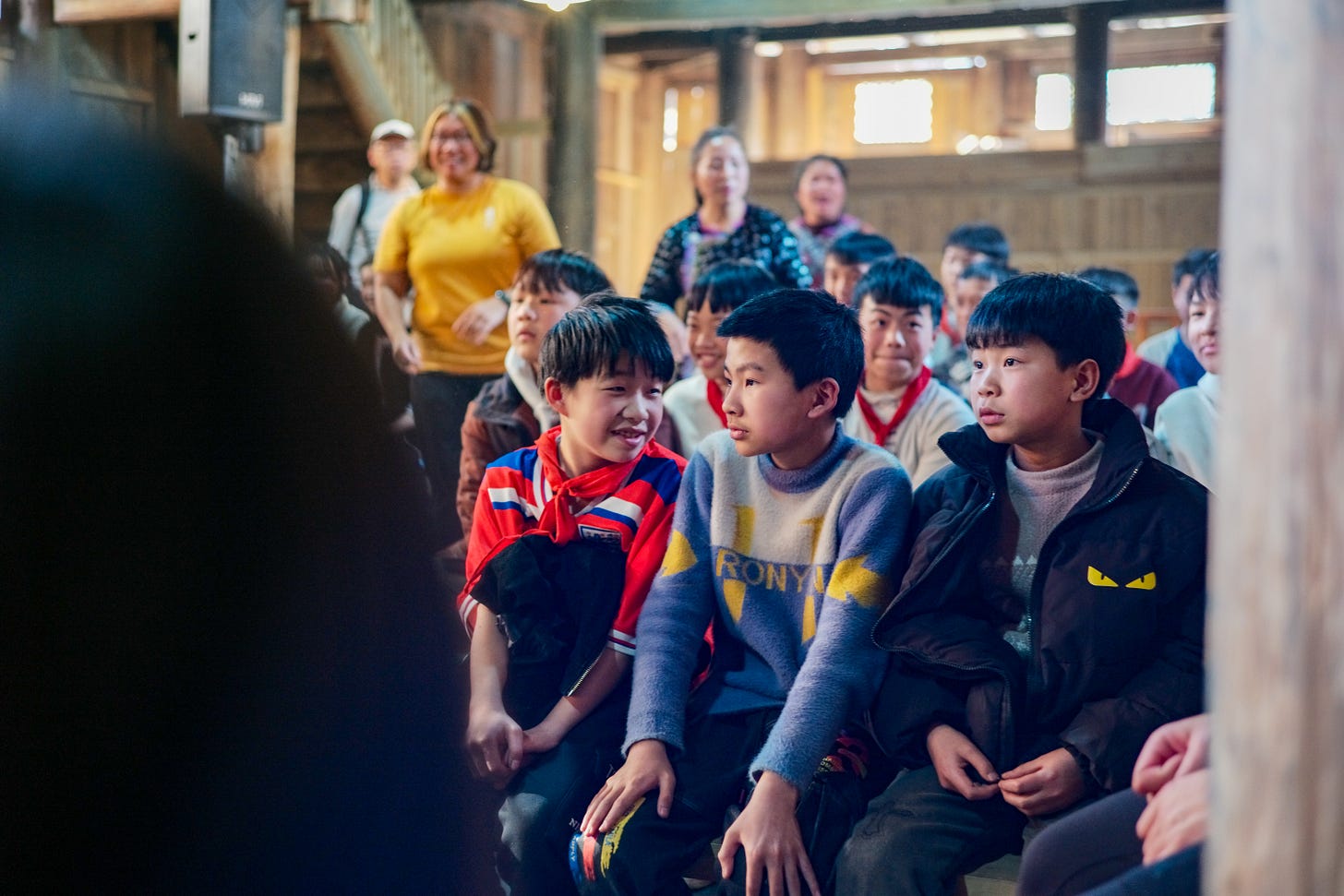
he learning continued well beyond the pond. We visited the village school, where our students shared songs and games with Dong children. There was laughter, curiosity, and the kind of play that requires no common language—just joy.
Later, we met with elders from each clan, exchanging stories and songs from our cultures. Our students were deeply moved by the Grand Songs, performed in harmonious layers, filling the wooden halls of the drum tower. These weren’t just songs—they were living history.
We came away from those exchanges reminded of the three treasures of Dong culture:
1. The Drum Tower – a symbol of unity and strength within clans
2. The Wind and Rain Bridge – a literal and symbolic shelter for community
3. The Dong Chorus – the voice of a people without a written language, carried across time
What Service Learning Really Teaches
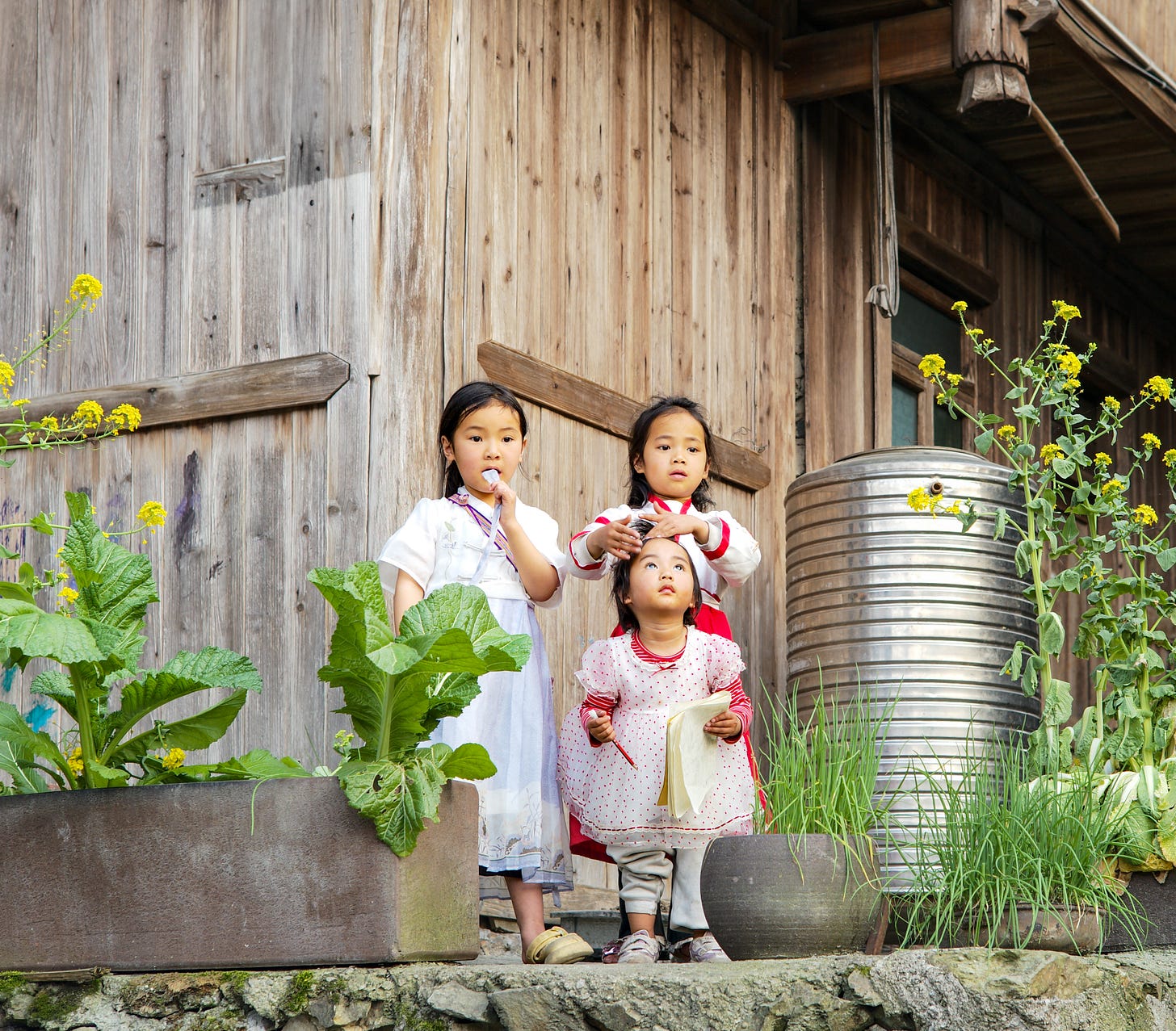
Service learning, when done right, does far more than tick a box for curriculum requirements or community hours. It builds empathy. It transfers concepts from the classroom into real-world, tangible experiences. It teaches resilience, initiative, and collaborative problem-solving.
Cathryn Berger Kaye’s The Complete Guide to Service Learning has been instrumental in shaping how I design these experiences. She outlines a five-stage process—Investigation, Preparation, Action, Reflection, and Demonstration—that helps educators ensure that service learning is structured, meaningful, and transformative. During our trip, each of these elements came to life:
• Investigation: Students explored the challenges of rural agricultural life and the importance of sustainable practices.
• Preparation: They researched traditional farming systems, learned about Dong culture, and planned their contributions accordingly.
• Action: They worked shoulder-to-shoulder with local villagers to build the pond and prepare the area.
• Reflection: Through journaling, discussions, and debriefs, students made connections between the experience and their academic learning.
• Demonstration: They are now preparing presentations to share their insights with the wider school community—ensuring the learning ripples outward.
What Berger reminds us is that good service learning doesn’t just benefit the community—it develops student capacities in lasting ways. She writes:
“Service learning combines academic content with empathy and active participation. It invites young people to become thoughtful contributors to the world they live in.”
More Than a Trip: A Turning Point
As educators, we often talk about “21st-century skills”—collaboration, critical thinking, intercultural understanding—but these are not always easy to teach in a classroom. On this trip, our students lived them.
They navigated cultural differences, adapted to new environments, took initiative, asked thoughtful questions, and demonstrated compassion. More than anything, they learned that the world is complex—but that small, sustained contributions do make a difference.
This trip has reaffirmed my belief in the power of service learning. It’s not an add-on. It’s not a bonus. It is an essential part of helping students become the kind of people our world so urgently needs—curious, humble, capable, and kind.
Further Reading & References
1. Kaye, Cathryn Berger. The Complete Guide to Service Learning: Proven, Practical Ways to Engage Students in Civic Responsibility, Academic Curriculum, and Social Action. Free Spirit Publishing, 2010.
2. Rice-Fish-Duck Symbiosis System – WINS Solutions.
https://www.winssolutions.org/rice-fish-duck-symbiosis-system
• An overview of how this traditional integrated farming method supports sustainable agriculture and biodiversity.
3. Facts and Details: Dong People in China.
https://factsanddetails.com/china/cat5/sub30/entry-8461.html
• Useful background on the culture, lifestyle, and customs of the Dong ethnic minority.
4. China Exploration – Dong Festivals and Folklore.
• A deeper dive into the festivals, beliefs, and oral traditions of the Dong community.
What have been some of your favorite service learning trips? I’d love to hear how it changed both you and your students’ perspectives.
All photos were taken by me (a passion and hobby of mine) feel free to follow my photography instagram page.


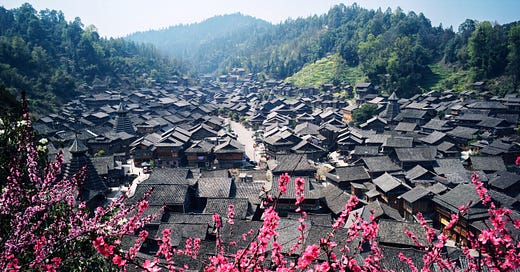



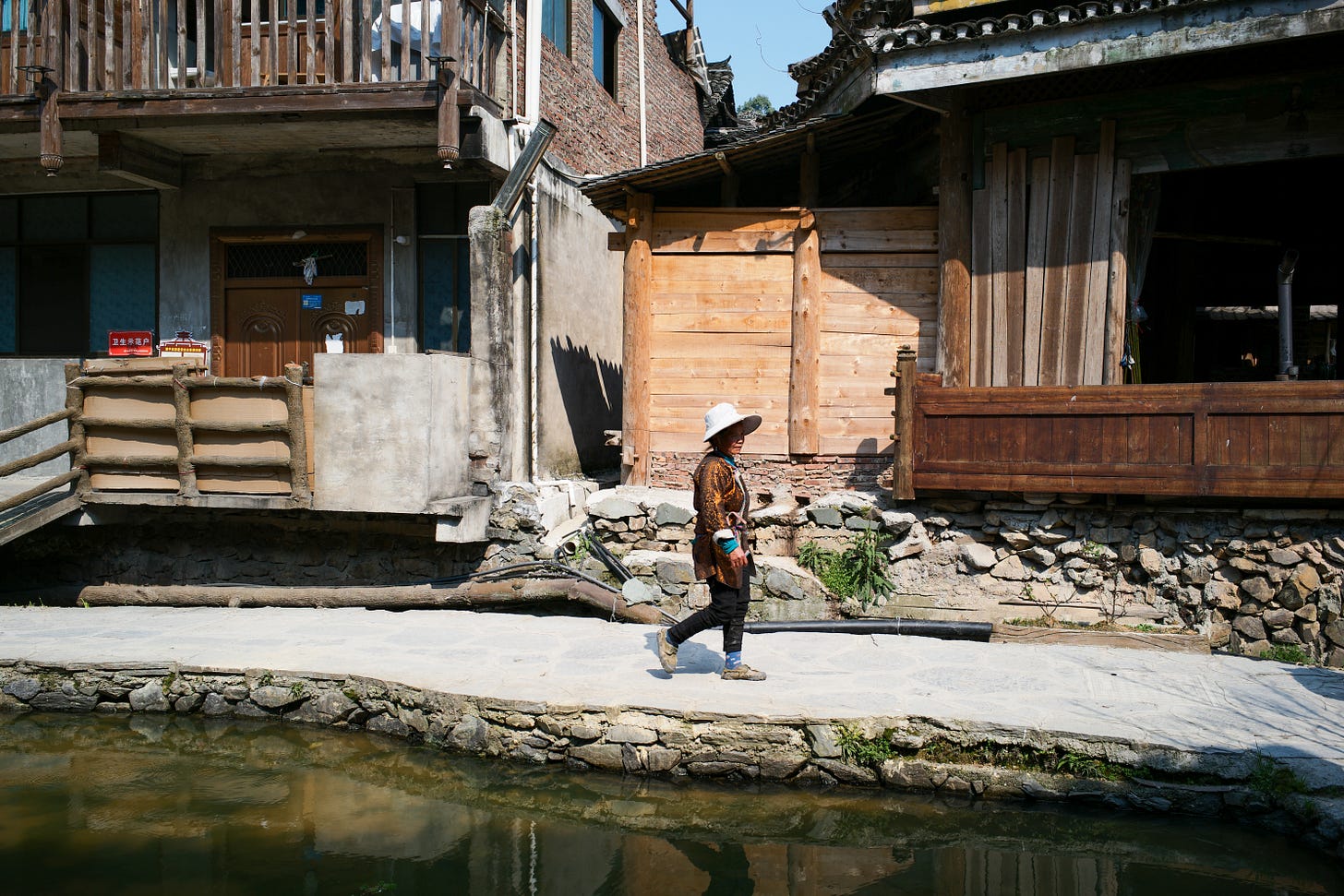
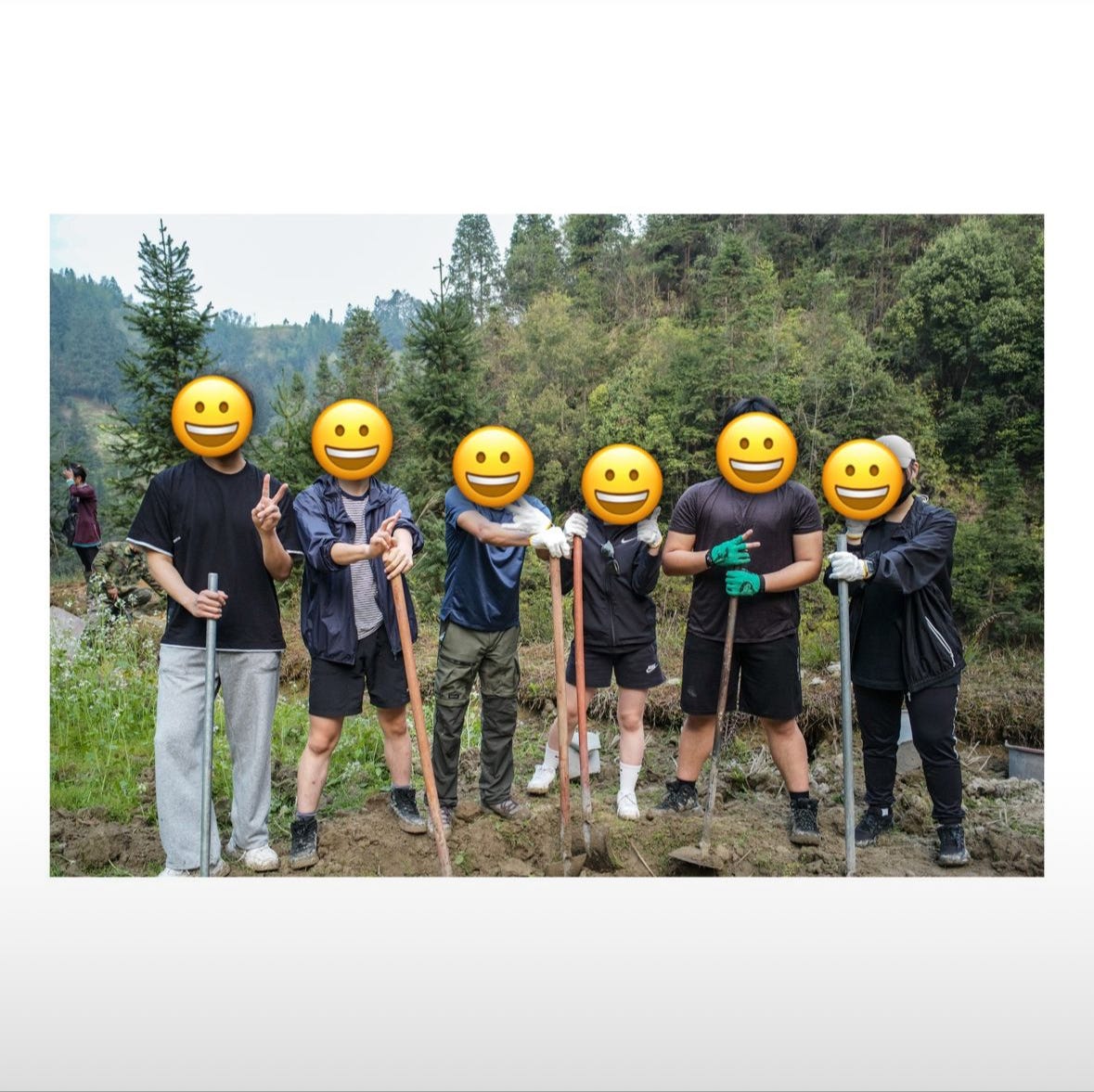
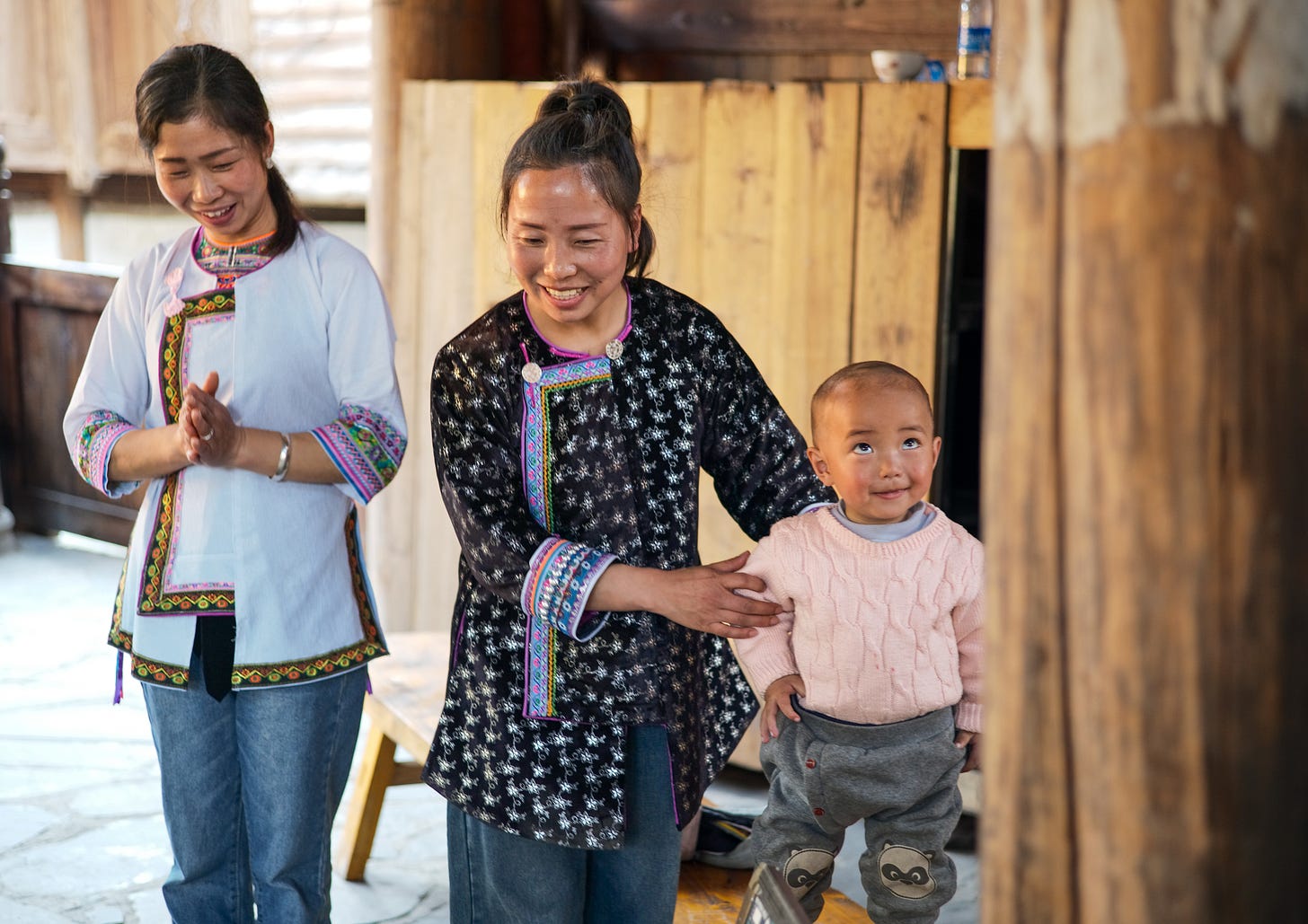
Looks an amazing time and to learn about the culture is something that doesn’t happen in other countries. Well done all of you.